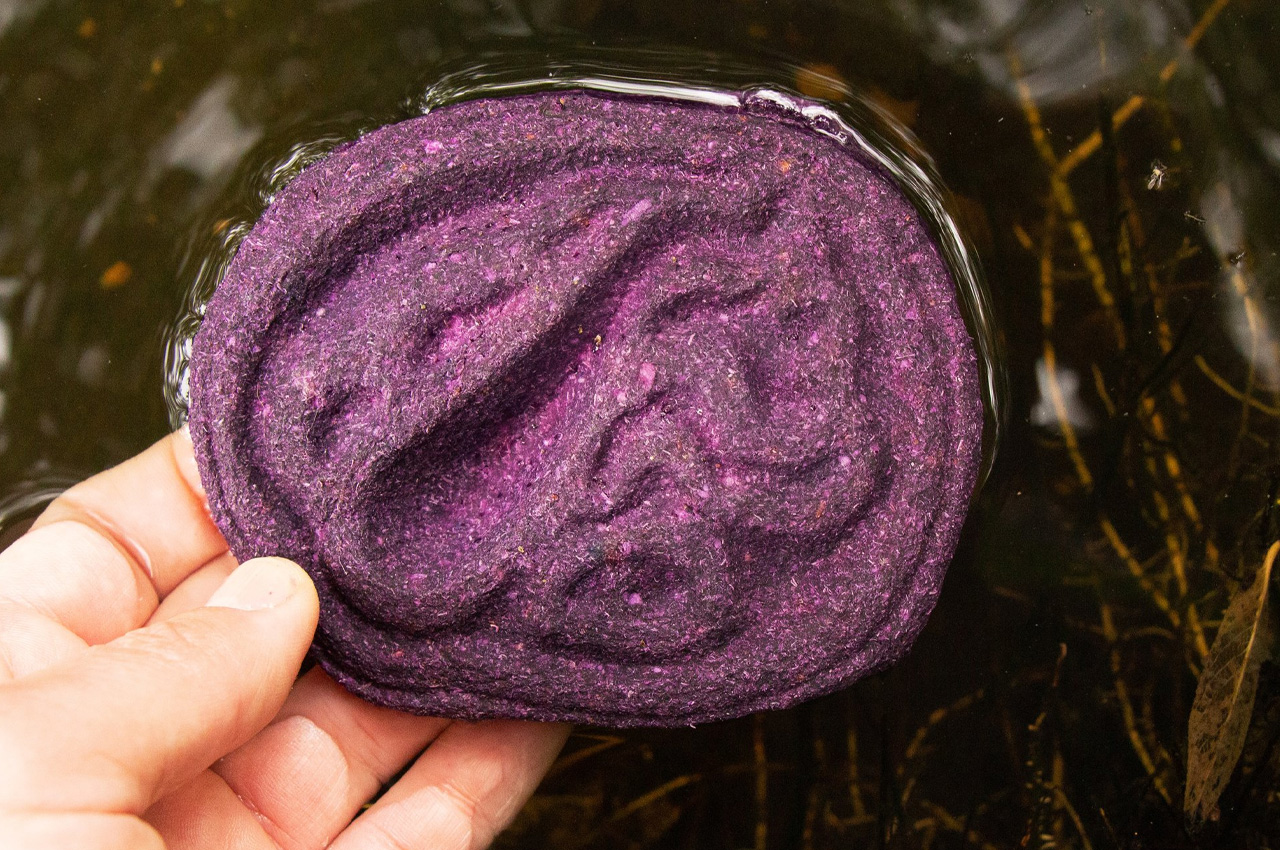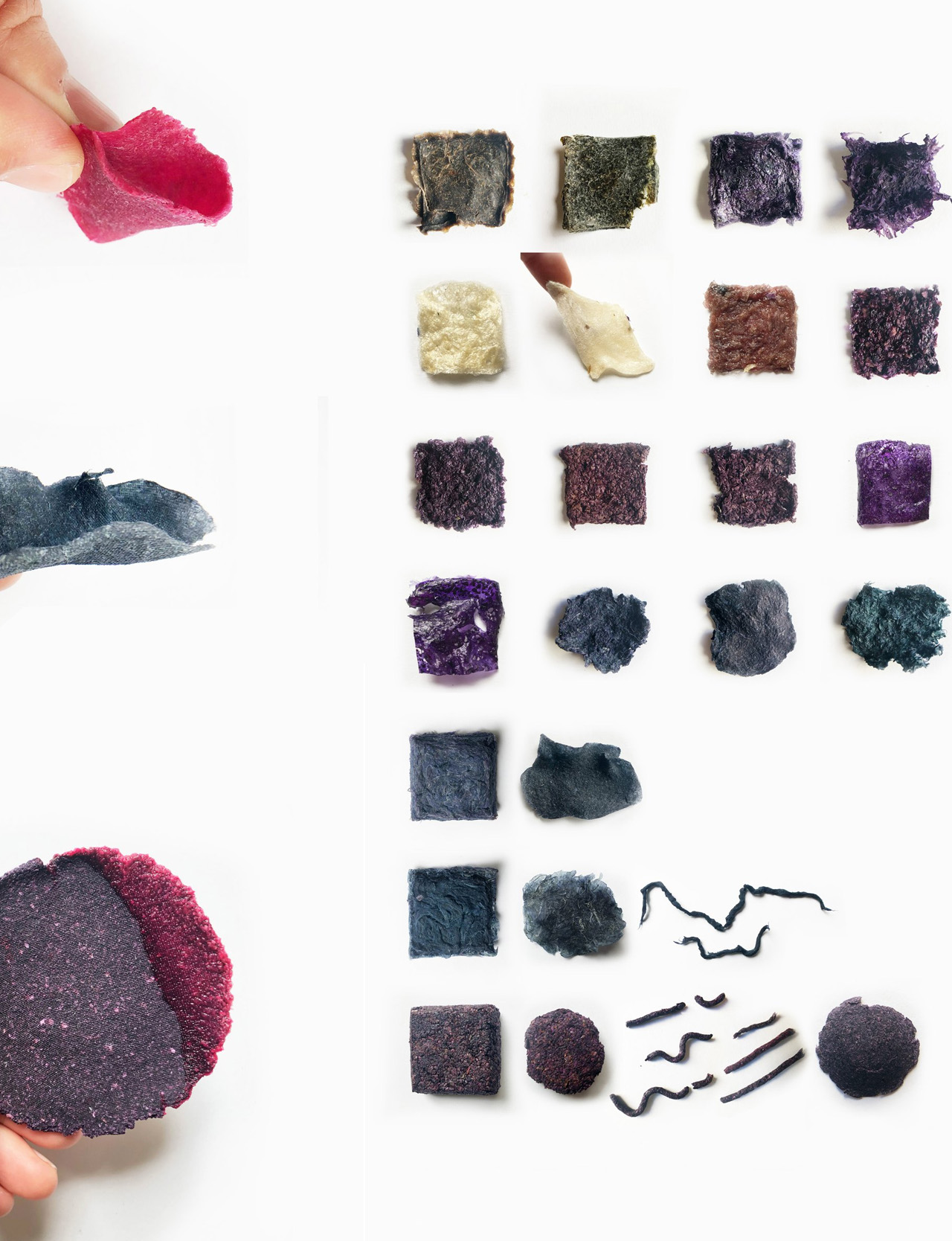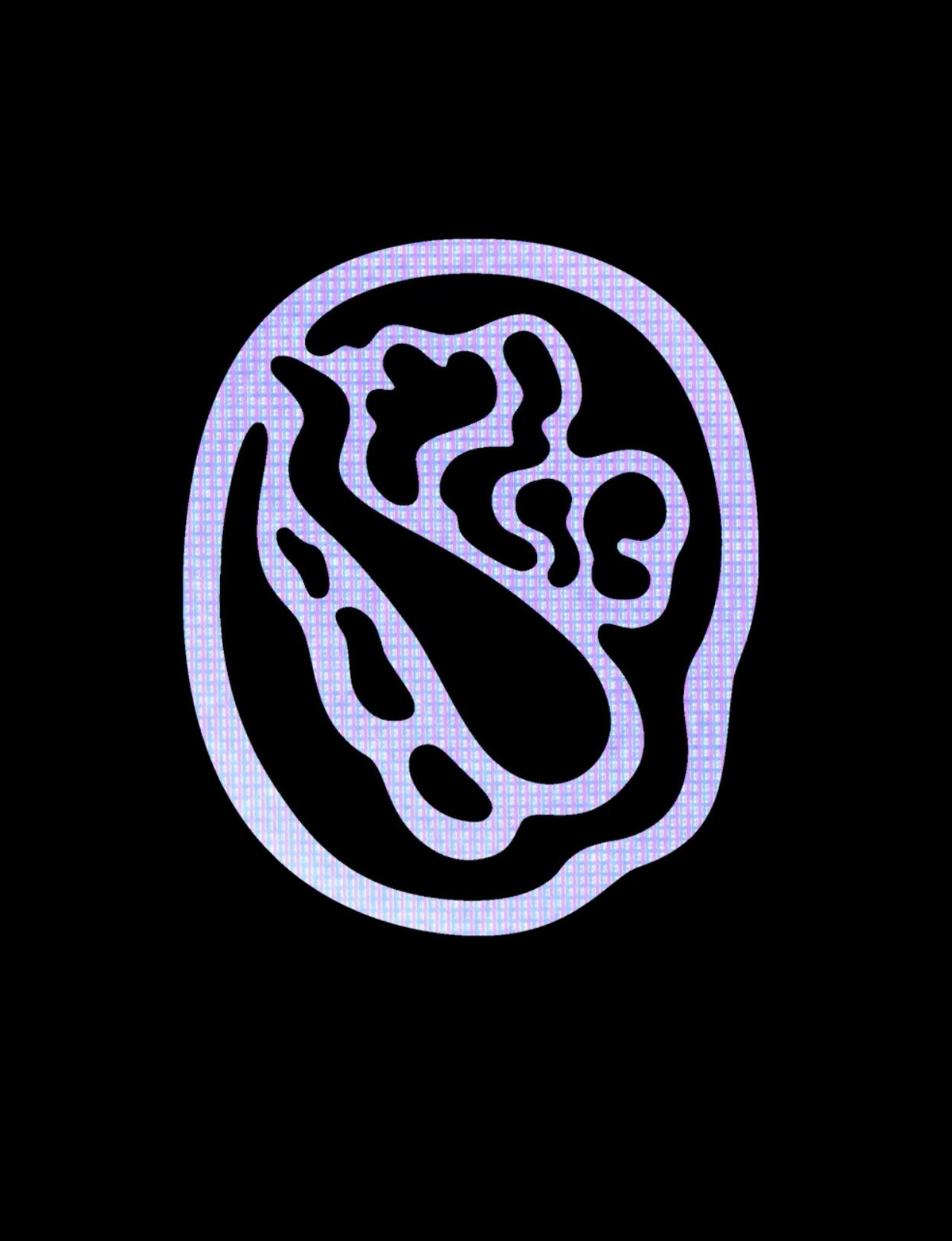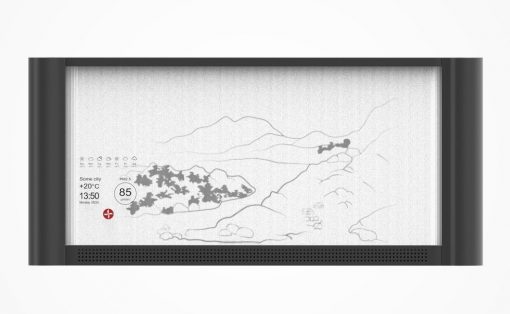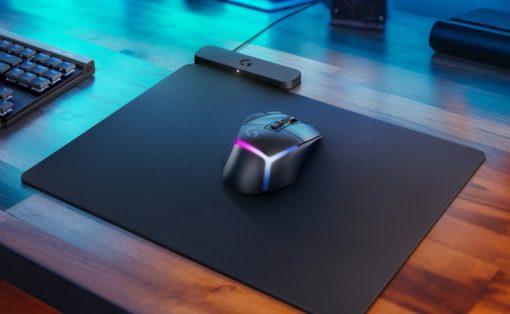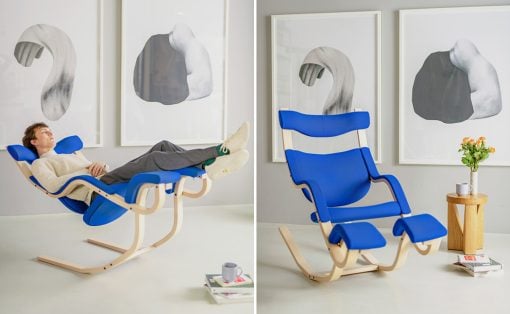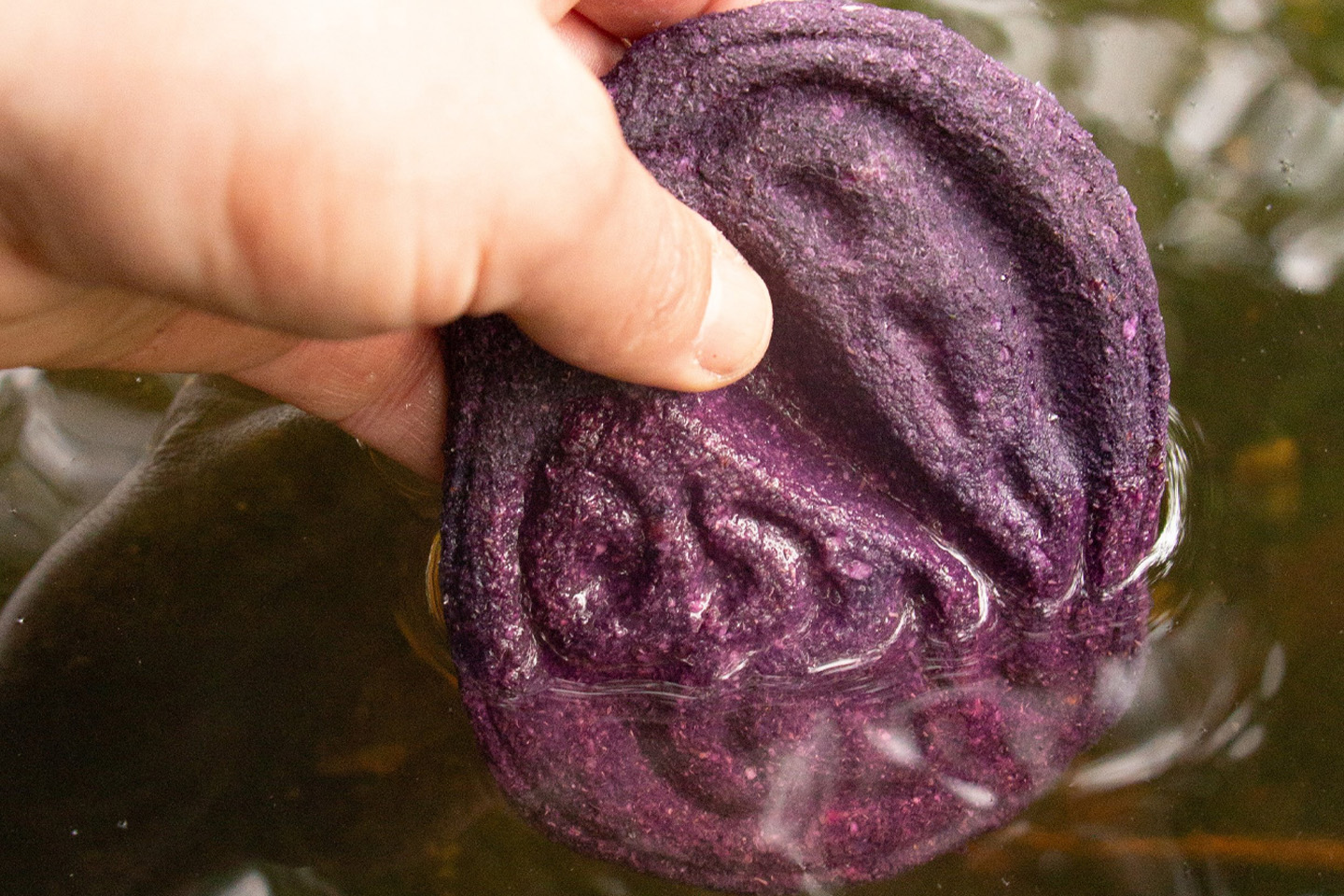
California-based artist, designer, and former high school teacher Melissa Ortiz recently developed something pretty cool. Dubbed ‘Colores del Rio’, this bio-device was designed to check if your water is contaminated or not! Colores del Rio translates to colors of the river, and it is an ingenious tool created from red cabbage waste sourced from a local agricultural community. The design also recently won an award for “outstanding social critique” at the Biodesign Challenge 2023.
Designer: Melissa Ortiz
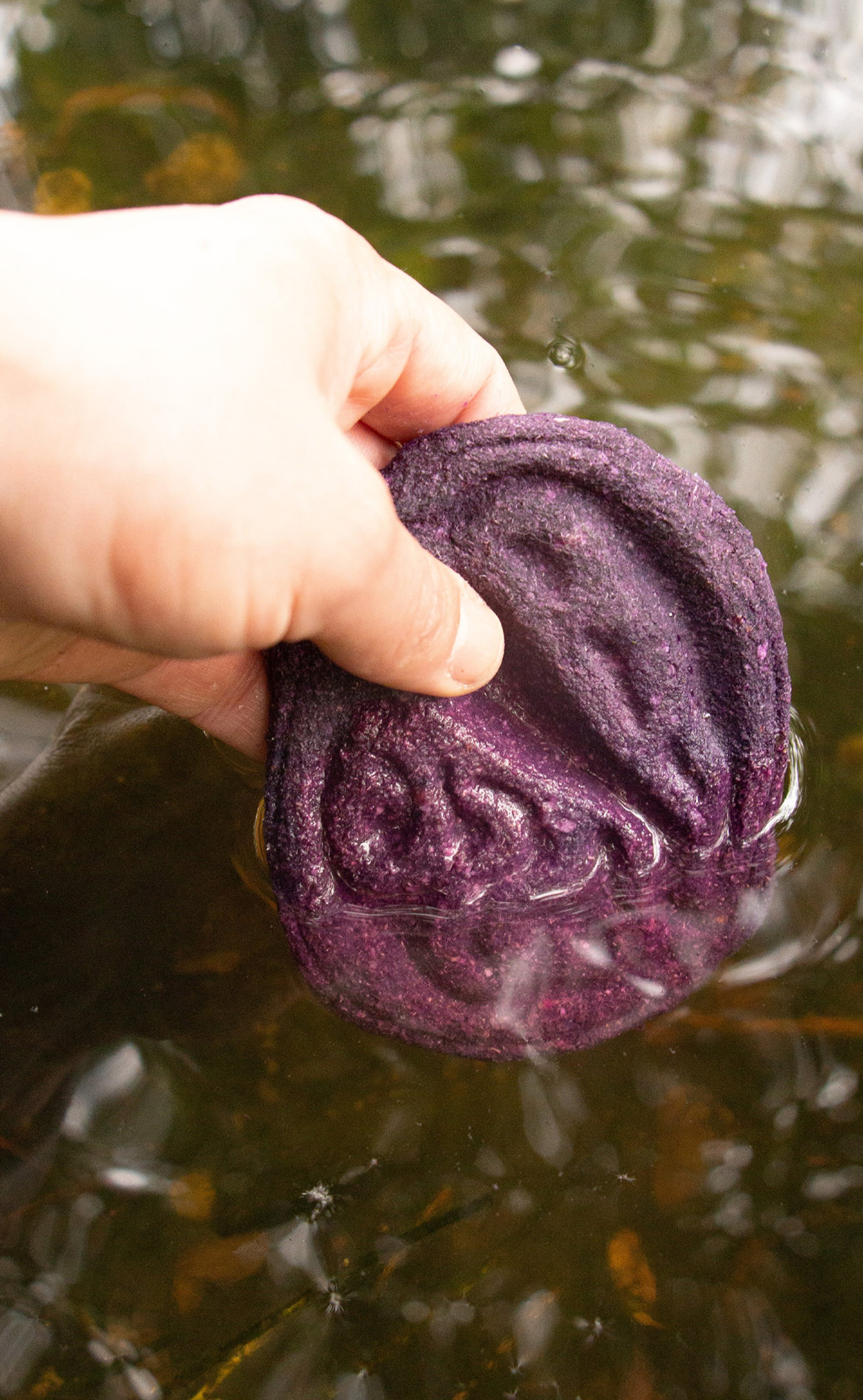
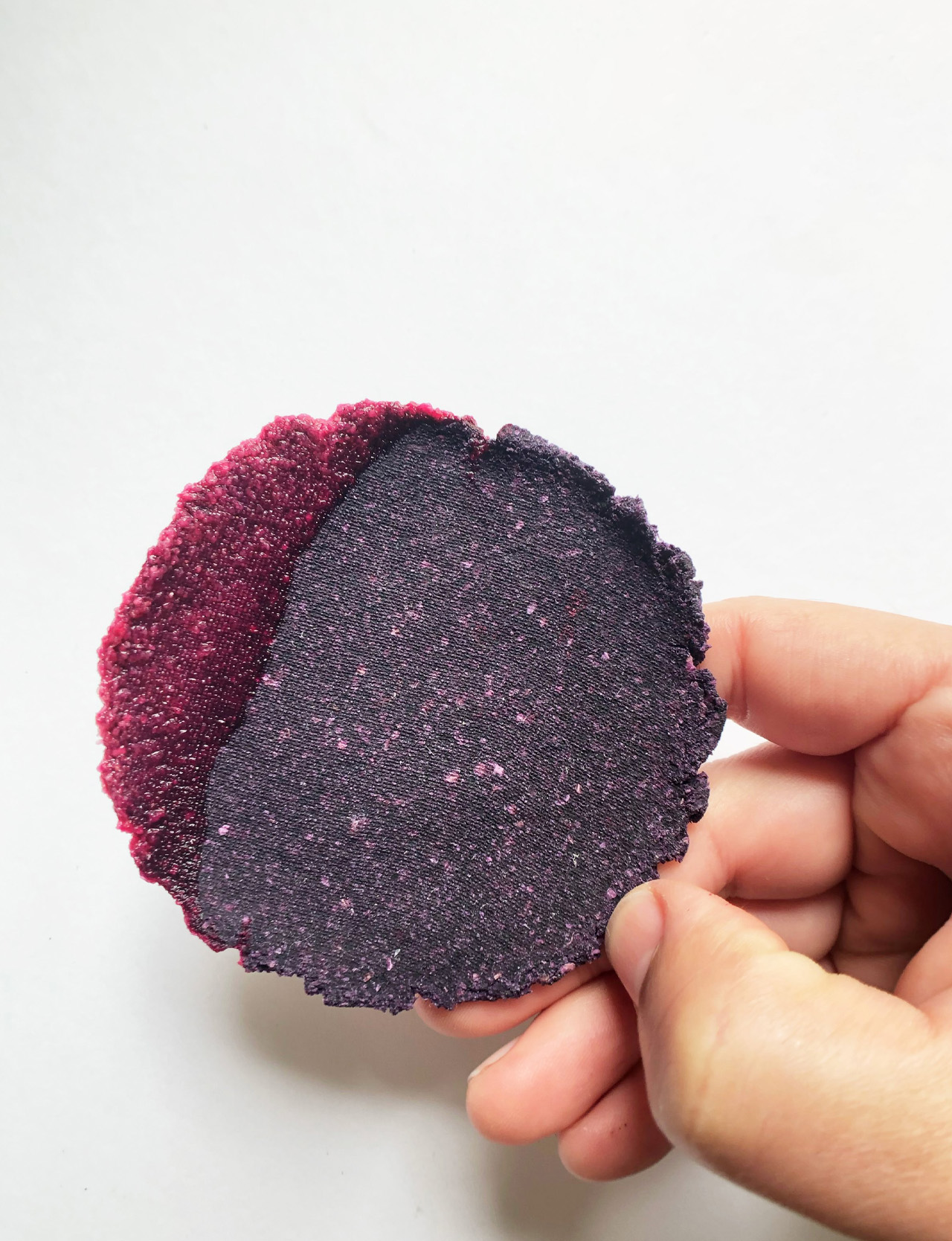
“This community engagement tool is Biodesign-activism in response to local systemic issues involving the monoculture industry, the Salinas River watershed, and impacted communities. Colores del Rio combines community engagement and a human-environment relationship through citizen science,” said Ortiz. Colores del Rio is designed to function as a bioregional engagement tool, that specifically works for a farming community in the Salinas area of California. It encourages them to explore and look deeper into the food systems that affect them and sheds light on the potential of repurposing locally discarded food waste into a viable bio-material.
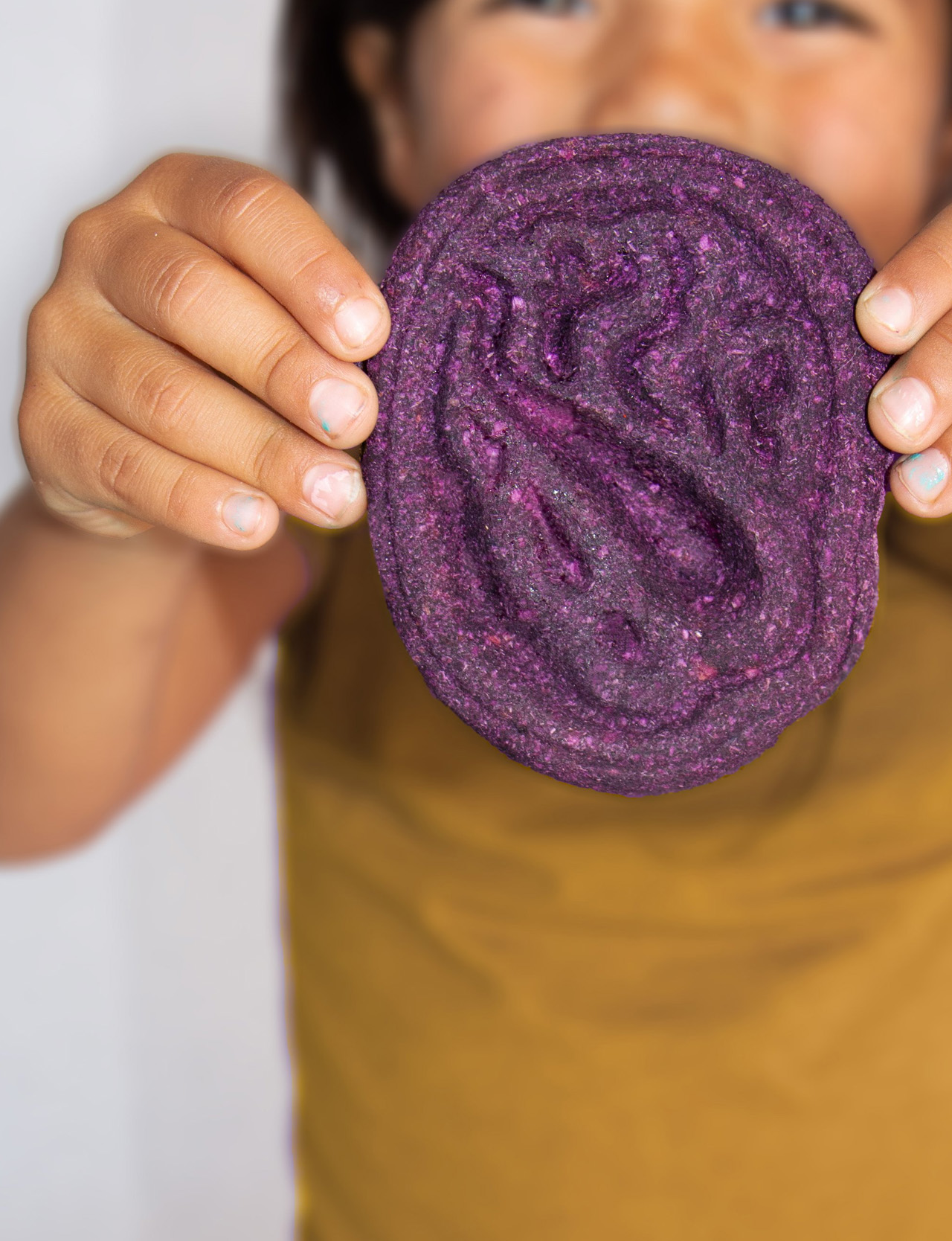
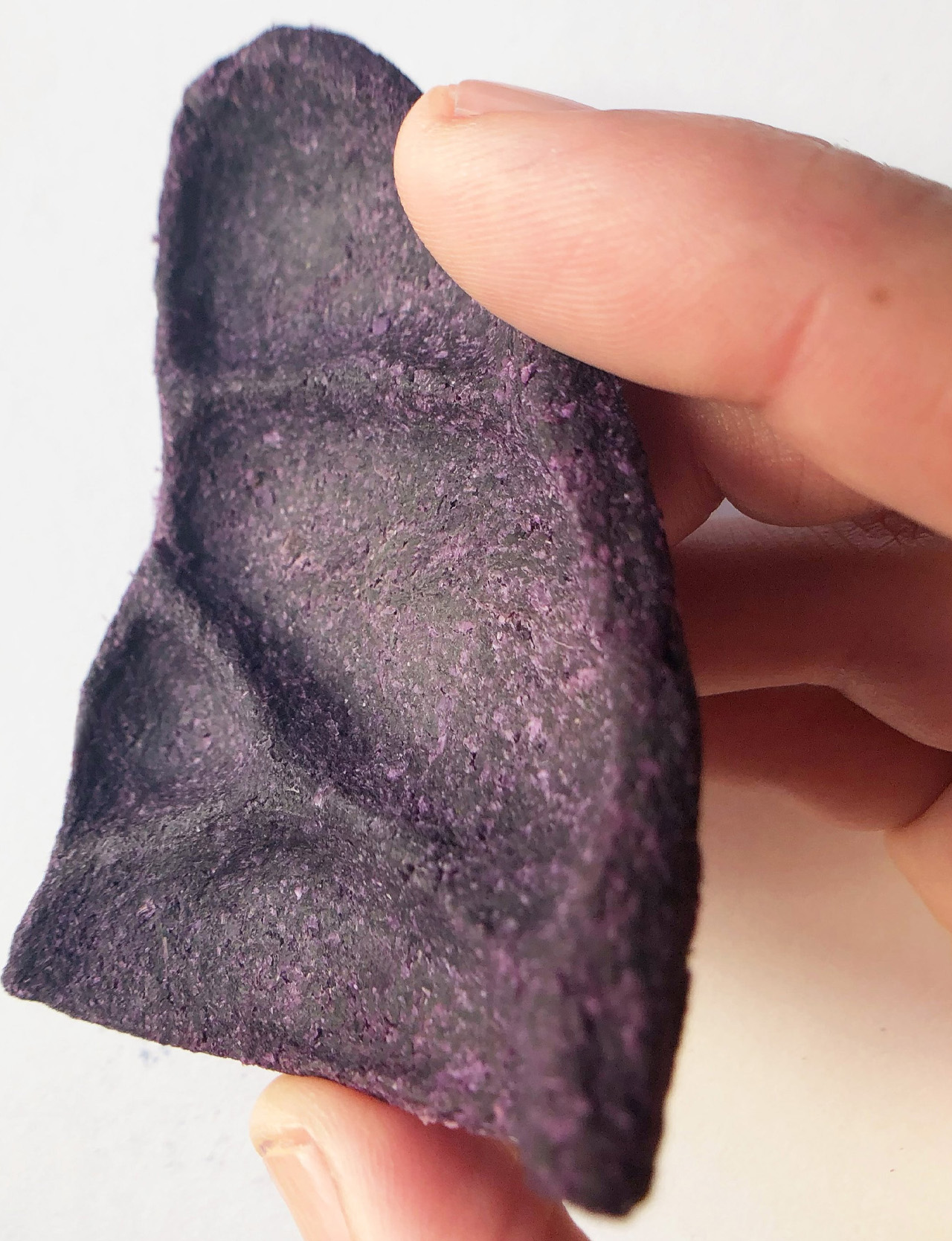
Ortiz picked cabbage as her choice of material, as the natural chemicals found in cabbage make the vegetable change color when it comes in contact with acidic water (pinkish-red), or alkaline water (yellow-green). Ortiz collected the cabbage from a local waste stream and worked side by side with local high school students to boil it, dehydrate it, grind it into a powder, and mix it up with some xanthan gum which functions as a binding agent.
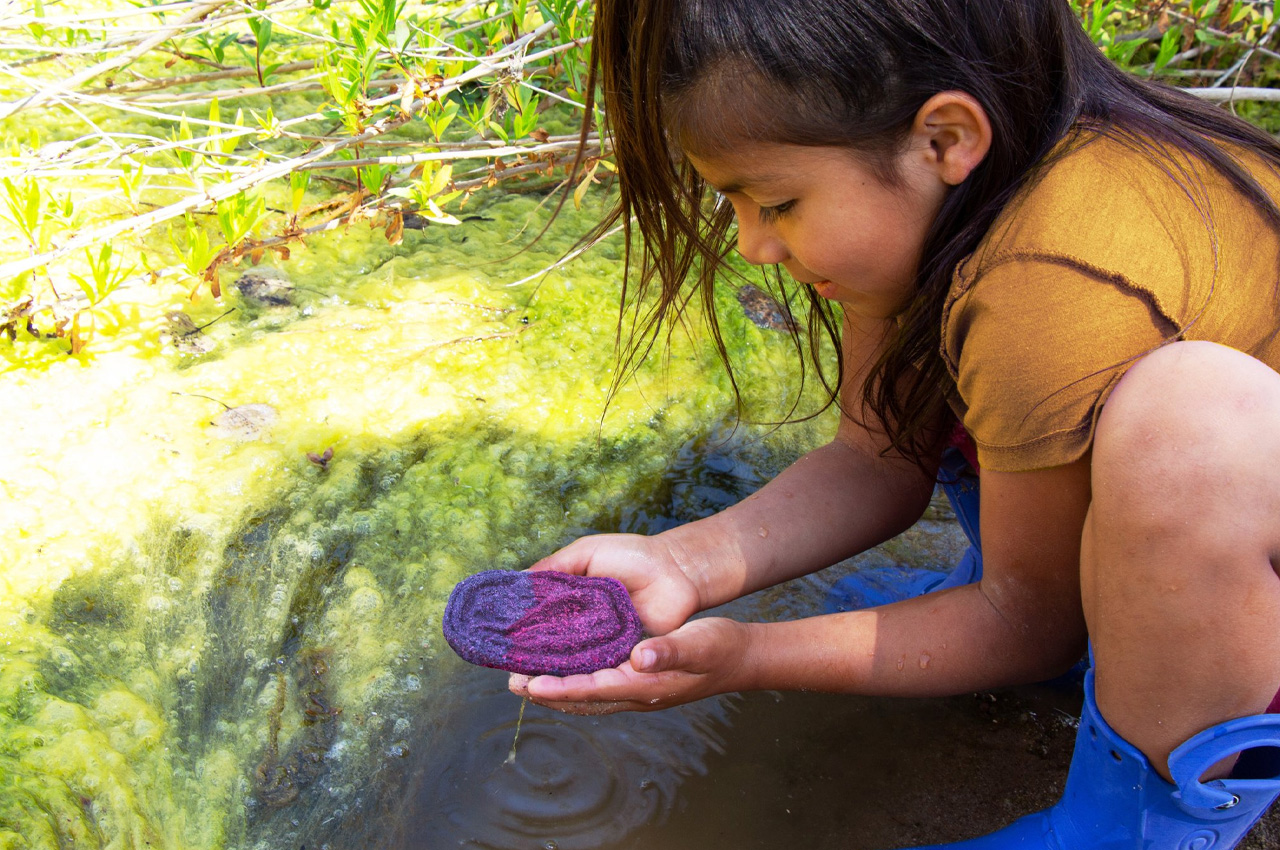
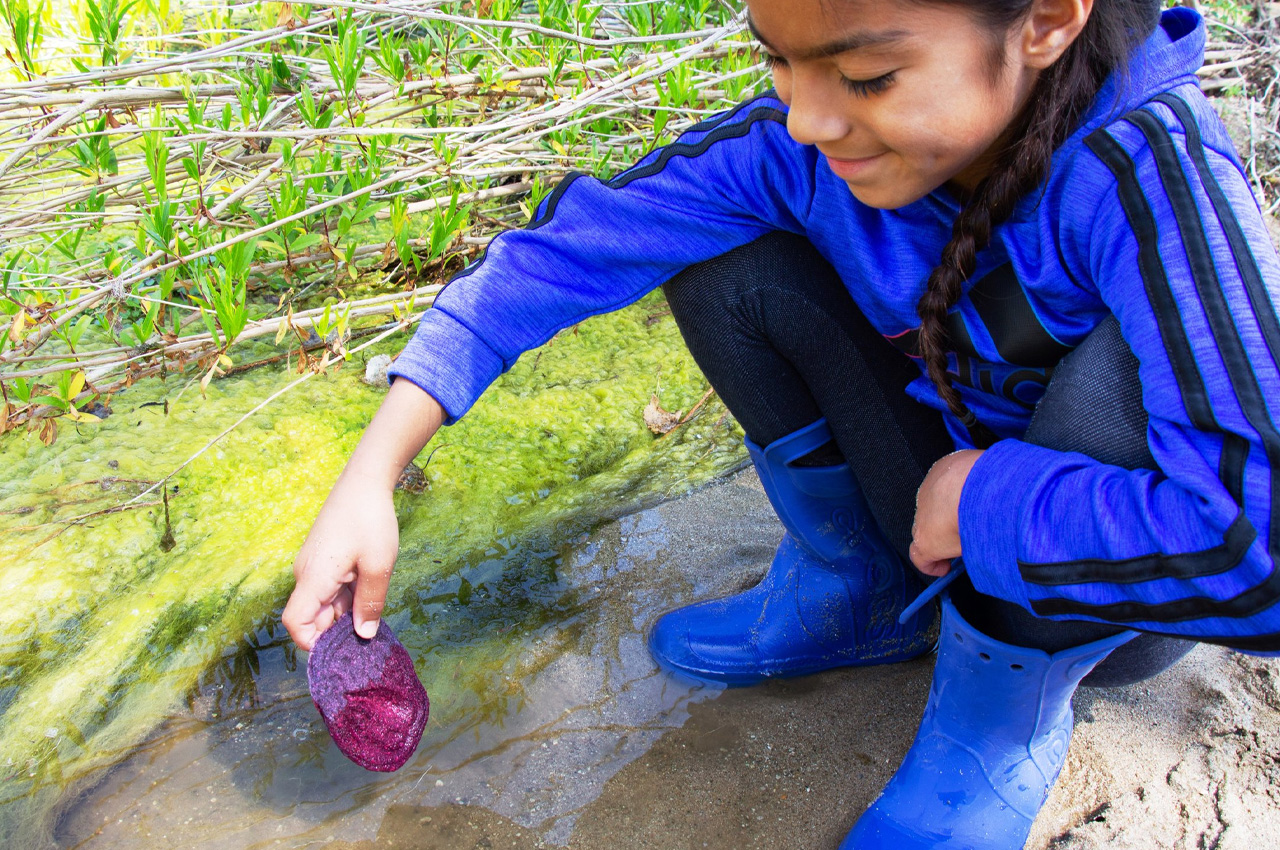
Ortiz says that this unique and innovative environmental justice tool is a boon for the future, as it encourages the younger generations to step into the role of water and land protectors. They simply need to place Colores del Rio in a nearby body of water, and they can assess what pH colors emerge, and evaluate whether the water is contaminated or not, and if it is ultimately a threat to the community. “It invites the next generation of youth leadership to actively participate in biodesign, citizen science, and environmental justice, giving local food waste another life that is regenerative and supportive of people and ecosystems,” concludes Ortiz.
